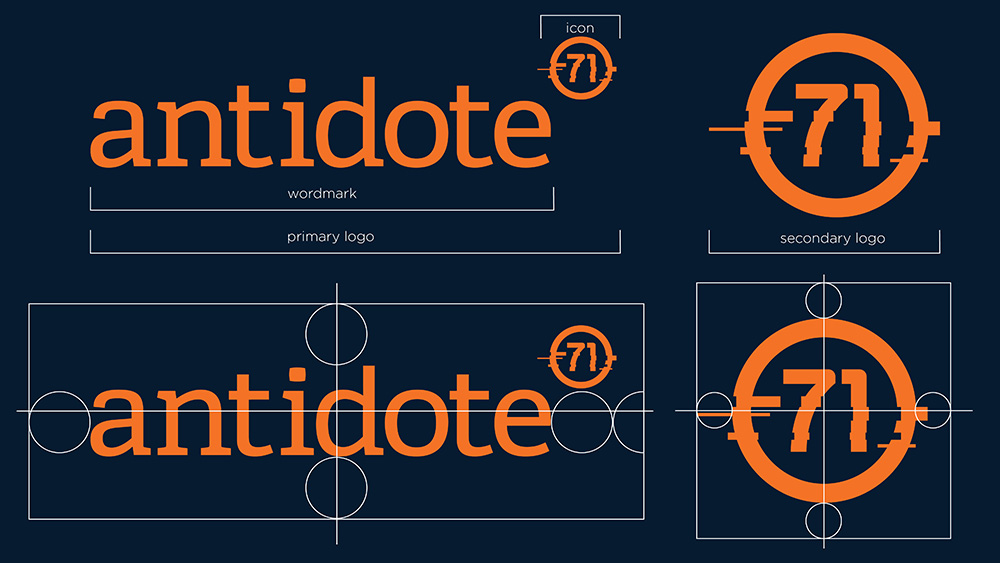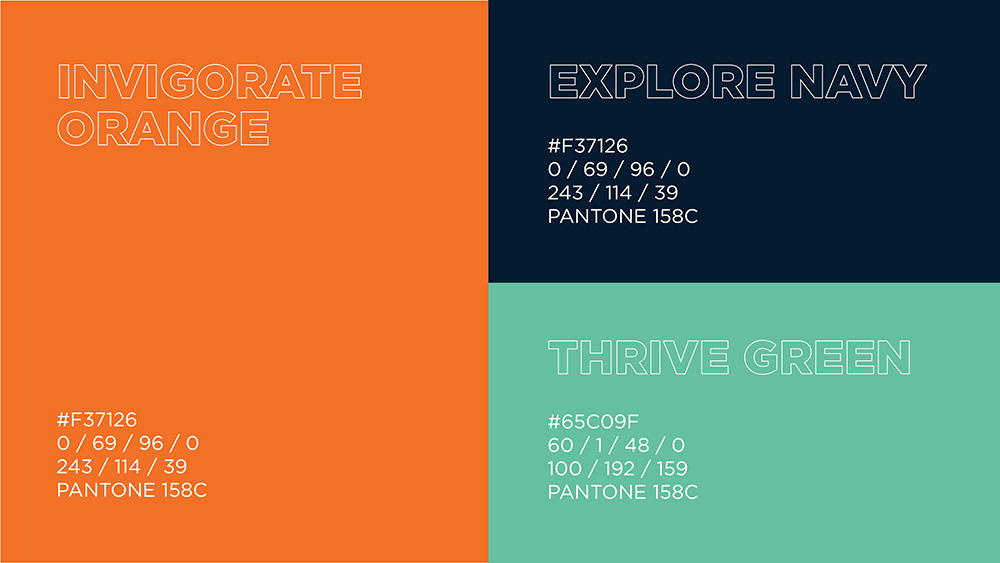As your business grows, the need for strong branding increases. From printed materials to your digital presence, every experience people have with your business should be consistent. How do you make this happen? Create a style guide and stick to it.
But wait, what’s a style guide? A style guide provides specific details about your company’s overall experience. It’s more than a logo and color scheme. It includes your mission, logo, typography, colors, imagery and voice.
Why is this important? A style guide ensures your business’s print and digital marketing efforts are cohesive and represent your company.
Open With Your “Why”

Before creating a style guide, you need to know your brand inside and out. This includes your mission, vision, core values, brand personality and your target audience. Your brand identity is a simple way to visually communicate these elements.
A great way to open your style guide is with your brand mission, vision statement or an explanation of how your business works.
When writing your mission statement, identify what makes your business unique, how is your business different from the competition? This should speak directly to your target market—in their language, about their problems, beliefs or concerns. Branding is all about recognition, and this key identifier plays a huge role in convincing people why they should choose you.
Explain How to Use the Logo

Your logo is the visual representation of your business and makes it easy for people to recognize your brand. Including your logo in the brand style guide, along with an explanation of what it represents is a must. Since a brand style guide is meant to be an educational and actionable resource for internal and external partners, explanations of what should and shouldn’t be done are always helpful.
Your brand style guide should show approved and unapproved versions of the logo. Include multiple variations, making sure each one ties back to a specific use. For example, providing specific dimension ratios and color combinations will keep consistency across your marketing materials.
Select Your Typography

Add a section that has the names of your brand identity’s fonts, their preferred sizes and examples of use cases. This allows the marketing team and freelancers to maintain a cohesive look and feel.
Specify Your Color Palette

Aside from your logo, you’ll want to specify your color palette by including the color names, CMYK swatches, RGB swatches and hex codes (the HTML version of color names). It’s extremely important to use the same colors across your marketing materials, signage, website and social accounts. This helps you build a reputable and recognizable brand.
Provide Appropriate Images
Including a set of approved images (preferably original images) and themes that fit within your brand is an effective way to communicate what your business does. Outlining appropriate niche areas also helps guide future image selection to ensure brand consistency. At Antidote 71, example above, you can see the aesthetic they’re trying to cultivate, it’s clear which types of images work for this brand.
Your inspiration pages are helpful as they offer at-a-glance clues that reflect the brand’s visual identity. These details are useful when you’re briefing a writer or designer about your brand style or onboarding a new member of staff.
Identify Your Voice

The way you speak to customers matters. Give as much direction as possible, this will help whoever is writing for your business to sound consistent. When defining your voice include details about your writing style. Take this message for example:
"Download our resource guide"
"DOWNLOAD OUR RESOURCE GUIDE!"
They feel different, right?
The first example uses lower case with no end punctuation. It makes the message more conversational and seems less like an order. The second example uses all caps and conveys energy and boldness.
While your business voice is not a tangible material, like a logo, it remains an important part of your brand identity.
Conclusion
When putting a style guide together, use specific details about your brand to build a stronger brand identity. Will writers use it to understand the voice of your brand? Do you need HEX color codes for your website or CMYK colors for printing?
Whether it’s just you, an employee or freelancer they need to understand the look and feel of your brand. Need some help with your style guide and brand identity, contact us.





